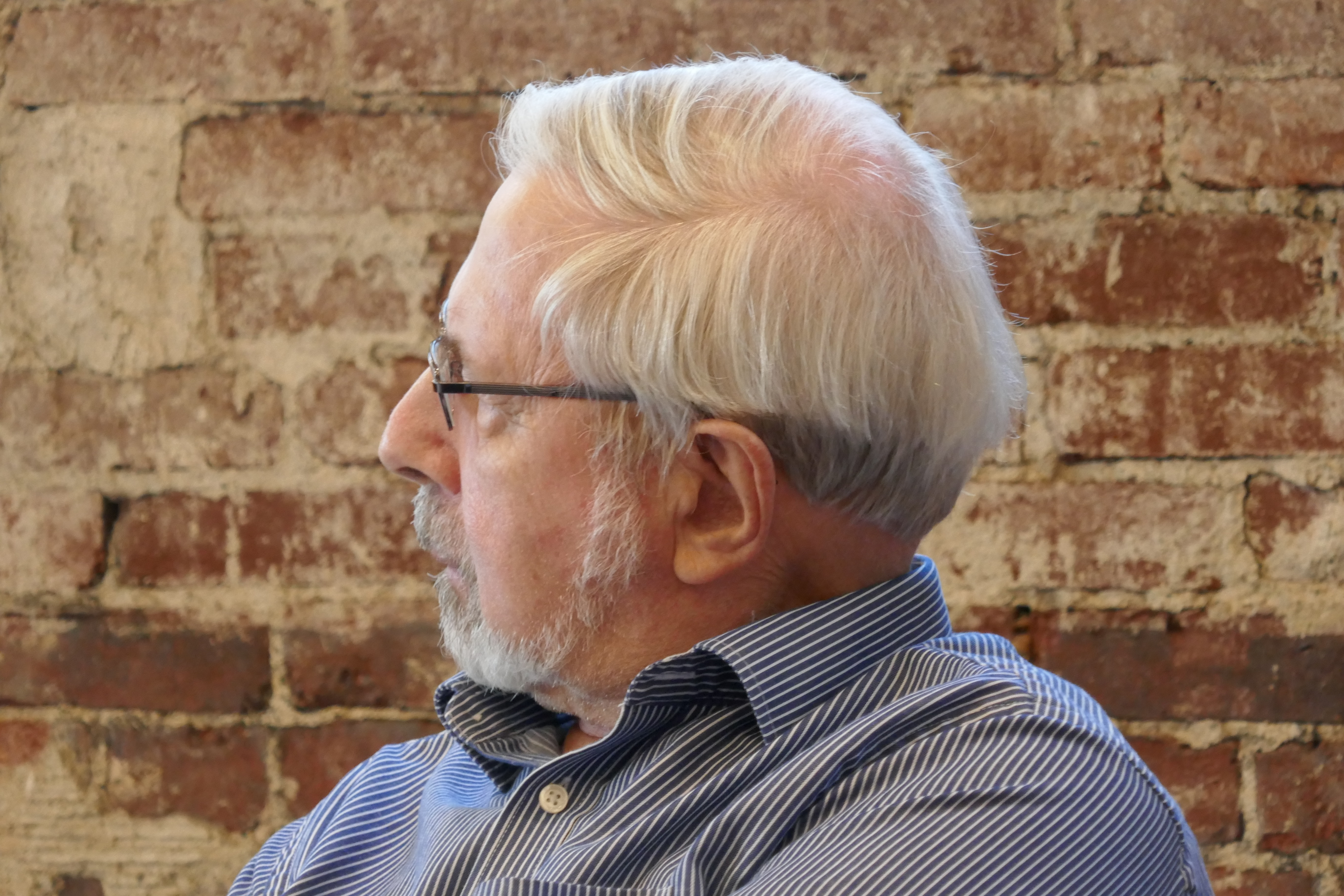
Hugh Burkhardt – where to start?
When preparing to say a few words at a celebration of his life in Nottingham. I thought of using the phrase “a force of nature” Before doing so, I looked it up.
So, here’s a definition:
“A person with a strong character and extraordinary energy who influences others.”
I’m sure those of you who knew him will agree – that was Hugh.
There are obituaries you can read that document the key moments of his life.
Hugh was a Guardian reader and had a few letters published there: it was very much fitting that his daughter, Jan, wrote an obituary that was published there. You can read a tribute from the University of Nottingham here.
But today, here at our conference, I want to say some things you won’t read elsewhere.
I’ll draw on Hugh’s writing – including a project he was working on when he passed, a chronology of work done under the Shell Centre umbrella – and also, from my own time working alongside him in his final years.
There are many achievements I could talk about.
But today, I want to focus on three things:
- Hugh’s relationship with mathematics,
- his leadership in design through the Shell Centre, and possibly his greatest achievement –
- the creation of ISDDE.
First, Hugh, the Real World, and Mathematics
Let me begin with a quote from Hugh:
“It is no longer obvious, however, that the skills used in secondary mathematics are being much used by most people… Such applications as there are in school mathematics books, or examinations, mostly refer to highly stylised, artificial situations… of little concern to the pupils – who need much more help than this if they are to effectively use their mathematics in the real world.”
This could have been a submission to today’s UK curriculum and assessment review, but Hugh wrote it in 1981, in his book The Real World and Mathematics.
He was a theoretical physicist by training – and he saw mathematics as a way to make sense of the world.
- To question it.
- To model it.
- To solve real problems.
His final book, Learning and Teaching for Mathematical Literacy –co-authored with Daniel Pead and Kaye Stacey –was published just after his passing.
I found the timing difficult – because I would have loved to have told him how brilliant I think it is. It carefully connects with today’s world and in that sense is more than an update of his earlier volume.
However, in both books – published over 40 years apart –Hugh’s central concern was the same:
Connecting mathematics with the meaningful world of young people.
He understood that what motivates young people isn’t always the same as what motivates adults –and that it depends on how we present the world to them.
Both books offer ways to bridge that gap –
to use mathematics to make sense of life, and life to give meaning to mathematics.
Second, Hugh as a Leader of Educational Design
Hugh was central to mathematics education in Nottingham for decades.
Especially through his leadership of the Shell Centre – founded in 1968 – with Hugh as Director from 1976, leading much of its work over the next fifty years.
He saw the Shell Centre as a design workshop. He believed that educational design should be approached like engineering – with rapid prototyping, testing, refining.
He often used the phrase (and he used many phrases often) “fail fast, fail often” – describing how we could iterate and perfect tasks through classroom trials.
He liked to say his success came from gathering a team of great designers around him – and that their brilliance wasn’t down to his own expertise.
But in my experience – he was being modest.
Take our work for the ReSolve project in Australia. Hugh contributed considerably and in detail to our sequences of lessons that provide students opportunities to engage in modelling in their mathematics lessons – and he loved doing so.
But it was his belief in the design team that really stood out.
We believed, as did he, that mathematics is best learned collaboratively.
And that design should be collaborative too.
Hugh helped brilliant designers like Malcolm Swan and Daniel Pead to flourish – and ensured that everything was tested in real classrooms. Where, yes, we failed fast and often.
And he was generous with his support and encouragement.
He noticed hard work, and responded with praise, energy, and support.
Just a week before he died, we had lunch together.
He was still excited – talking, with a boyish enthusiasm, about how we might carry the Shell Centre’s legacy forward for future generations.
Hugh thought deeply about how design could impact education at all levels – not just in classrooms, but also across systems.
In 2009, in Educational Designer, in his paper On Strategic Design, he described three levels of design:
Strategic design – influencing systems and policy.
Tactical design – bridging policy and the classroom.
Technical design – crafting excellent resources for teaching and learning.
Now, much of our work is most visible in classrooms – and that’s where the Shell Centre’s strength really shone. But as Hugh argued – classroom materials alone won’t have impact unless the curriculum and system support them. In his later years, Hugh shifted focus toward strategic design – seeking to shape policy itself.
In 2019, he wrote a paper titled Improving Policy and Practice –A reflection following his 2013 ISDDE Prize.
It was a call to arms for more policy-focused design work.
Most recently, he also strongly supported the launch of the Observatory for Mathematical Education in Nottingham – which is working to understand and improve mathematics education across the whole system, from early years to postgraduate study.
That finally brings me to – Hugh and ISDDE – perhaps his greatest design success.
This community – this collective – is part of his legacy.
Hugh was excited by our design work in Nottingham and recognised excellence elsewhere, indeed across the world.
Many education designers still don’t connect with ISDDE – and some may not even see themselves as designers.
Hugh recognised the need for a home to support design as a recognised and valued academic activity where those of us involved in such work could come together and meet as a community. ISDDE was born with the first conference held in 2005 in Oxford –with the help of his networks, especially drawing on his friends and colleagues in the United States, Alan Schoenfeld and Phil Daro, he brought people together.
Drawing on their support and that of others the Society, the (open access) e-journal Educational Designer, and the ISDDE Prize were launched.
More recently, the Bell, Burkhardt, Daro, Shell Centre Awards were added – for aspiring educational designers in STEM. Hugh was always keen to support new and early career designers in their work.
In preparing this tribute, I’ve been reminded just how massive Hugh’s contribution has been.
He passed as he wished – suddenly, without lingering pain – but to the great surprise of those of us who were still working with him, still being encouraged by him, still learning from him. Somehow, we expected him to always be around.
He wrote his own eulogy for his funeral – but, in his humility, he didn’t think about the tribute that ISDDE would want to pay to him.
He and his partner Jeanne – who always joined him, joined us, at our conferences –will be deeply missed.
But the brilliance of his design of ISDDE is that we are now the carriers of his vision.
We are his legacy.
We continue the work.
We welcome and support newcomers.
We collaborate, as he did.
We strive for excellence – and support each other in doing so.
That’s what Hugh wanted.
And, in his memory, that’s what we, as ISDDE, will do.
Join us. Connect with us at isdde.org
Geoff Wake 19th May, 2025
